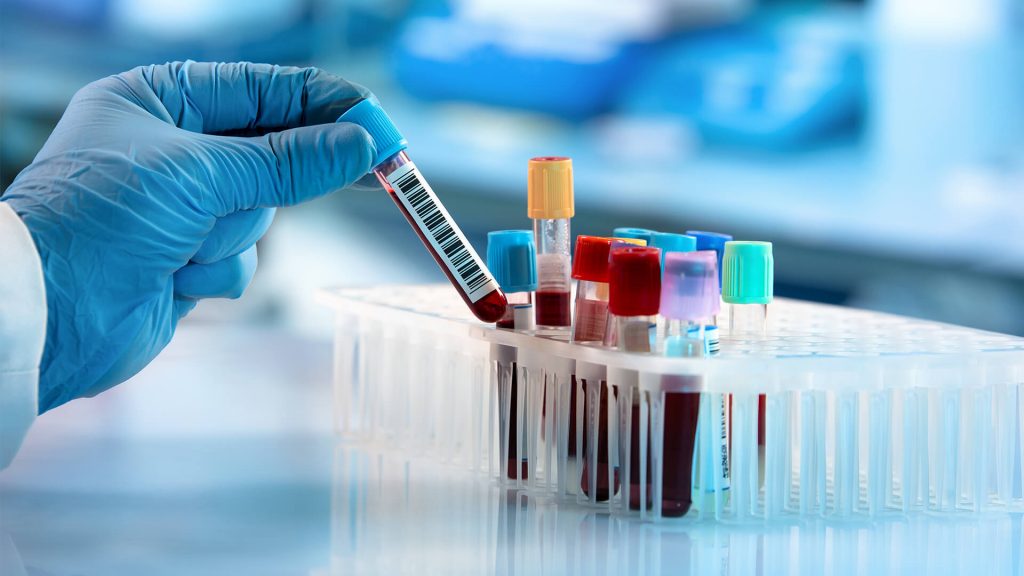Lyme disease can affect every part of the body! The Lyme bacteria can cross the blood-brain barrier causing neurological as well as physical symptoms. When treated early Lyme disease can, for most people, be eradicated from the body. Unfortunately, a shocking number of people, like me, are misdiagnosed and the Lyme disease inside them is left to run unchecked within their body – causing immeasurable damage and suffering. Symptoms are numerous and can vary from person to person, Lyme is called the ‘big pretender’ for this reason as it mimics other illnesses, but the following are highly common and I have endured most of them…and still do daily.
Early Symptoms:
- Fatigue Muscle and joint pain
- Headaches Fever and chills
- Neck stiffness
- Nausea
- Digestive issues
- Bull’s-eye rash, known as erythema migrans (EM). This is a diagnostic tool for Lyme disease, meaning that if you have this rash then it’s a distinctive sign that you have Lyme, but it isn’t always present!

Late stage Lyme:
- Pain and swelling in the joints
- Arthritis
- Problems affecting the nervous system – for example, peripheral neuropathy, paralysis of facial muscles.
- Cognitive issues ranging from difficulty with memory, word finding, speech and ‘brain fog’
- Headaches and migraines
- Heart problems
- Inflammation of the brain and spinal cord
- Disturbed sleep – either too little or too much
- Extreme Fatigue
- Dysautonomia – dysfunction of the autonomic nervous system causing issues with heart rate, blood pressure, etc
- Vision and hearing problems
- Vertigo and dizziness
- Anxiety and depression

Testing and misdiagnosis
The diagnosis of Lyme disease is done through a two-tiered testing system. The two tests used by the NHS are called an ELISA and Western Bolt but even this two tier system is deeply flawed. Due to unreliable testing and medical ignorance, Lyme disease is often misdiagnosed. I was misdiagnosed multaple times, over a number of years, before being correctly diagnosed with Lyme disease thanks to a private hospital. The following is a list illnesses which Lyme is often mistken for:
- ME, Chronic Fatigue Syndrome and post-viral fatigue syndrome
- Fibromyalgia
- MS
- Dementia
- Hashimoto’s thyroiditis
- Other autoimmune diseases
- Depression and Anxiety disorders
- Migraine
- Labyrinthitis

Treatment
It is vital that Lyme disease is diagnosed and treated early – in order to prevent it from spreading from your blood into your organs, tissue, joints, brain, etc. If you are lucky enough to be diagnosed early, it’s important that you are given the correct dose of antibiotics. According to the NICE guidelines you are permitted to be given 4-6weeks of Doxyclone (or a variant if doxycycline cannot be taken). You can view the NICE guidelines here.
Sadly, for the many of thousands of people like me, if you are left undiagnosed it is far harder to remove the Lyme bacteria from your system. Each case is different and so there is no one remidy. Generally long courses of antibiotics are requires – delivered via oral, intromuscular or IV.
I have undergone over ten years of treatment to get to where I am today and I still have a huge way to go. My condition is constantly changing, like a rollercoster I cant escape from. Like many of other people I have tried many different things to try and reduce and manage my symptoms. You can read more about the things I’ve tried here.
